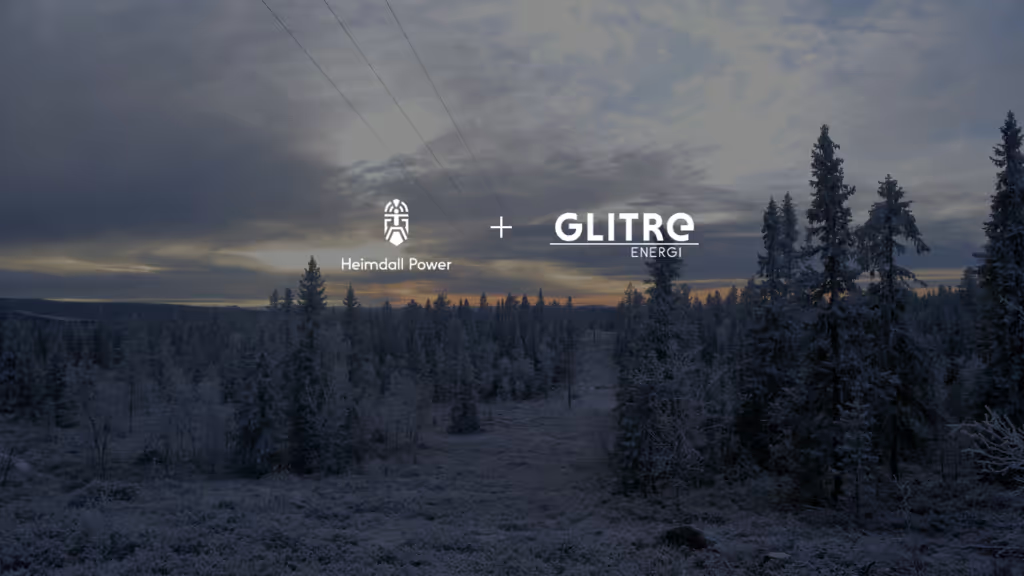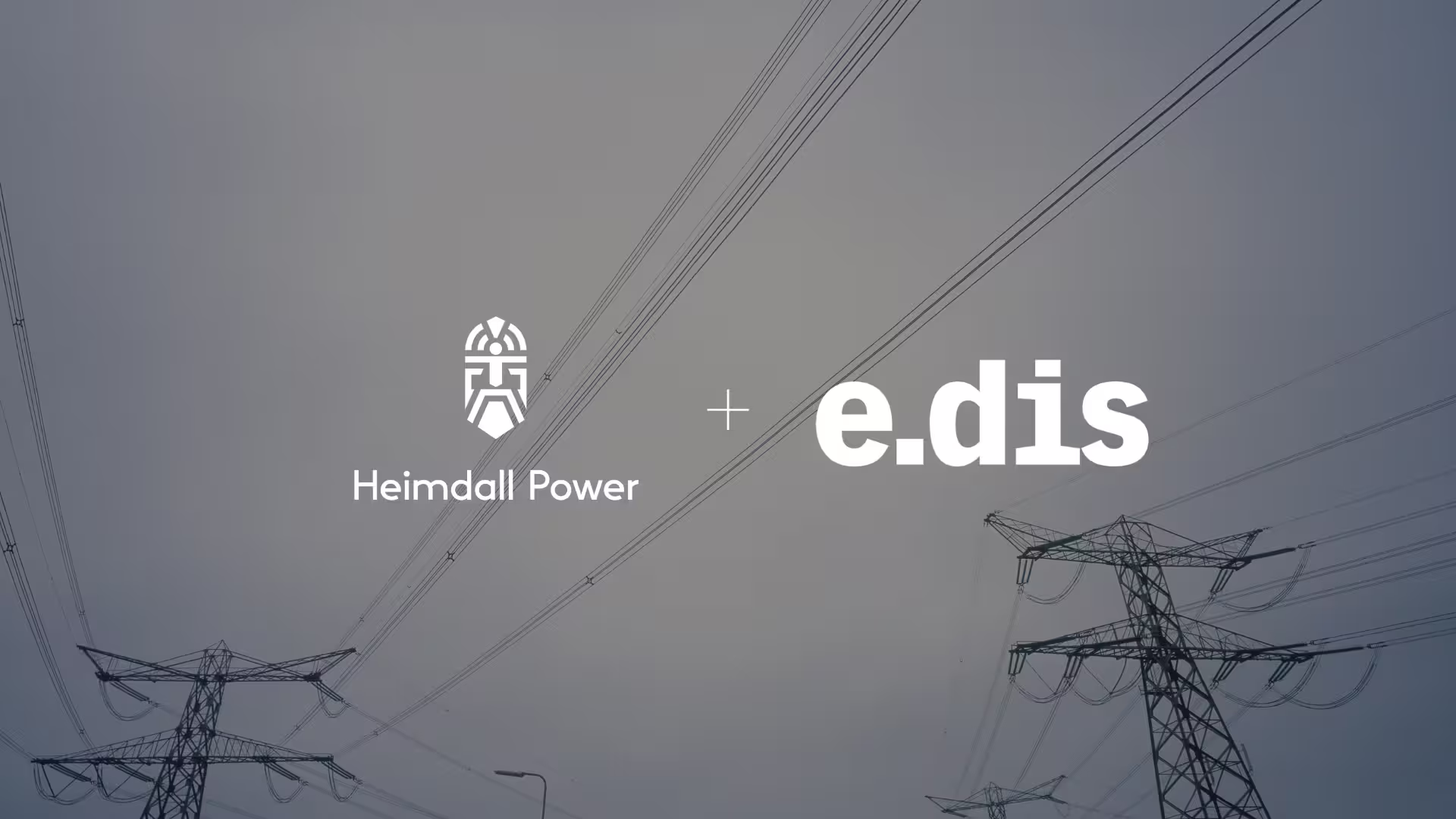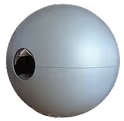Heimdall Power teams up with Glitre Energi for ice monitoring on de-energized lines

We at Heimdall Power are happy to announce the signing of a contract with the Norwegian DSO Glitre Energi Nett. Our Heimdall Neurons will be used to prevent failures and reduce risks and operating costs related to icing on power lines.
During the winter season, ice loads building up on power lines can cause extensive damage, long outages and substantial repair costs. Only a few years back, extensive icing caused a breakdown on one of Glitre Energi’s power lines. With this costly experience fresh in mind, Glitre Energi is now looking for new technological solutions to prevent such events from happening again.
Up until now, this type of surveillance has been done manually, with operators traveling regularly back and forth to observe the line status with their own eyes. Moving into the future, Glitre Energi will now leave this time-consuming and costly way of surveillance behind. Instead, they will now monitor ice load with the Neurons of Heimdall Power, to reduce both operating risks and avoid future failures. Heimdall Power will offer a solution for precise monitoring, handling, vibration data and prediction of ice load. This solution is based around a new version of our Heimdall Neuron, enabling operation on the de-energized line.
Read also: Tensio expands their collaboration with Heimdall Power
As de-energized lines are unpowered, they are even more exposed to ice load related risks compared to a line with current, where the current is melting the ice away. With the data from the Heimdall Neurons fed straight into their operational central, Glitre Energi will get notified as to when they should power their lines for shorter periods, in order to avoid extensive icing that could eventually lead to failure.
Project manager at Glitre Energi, Ole Kristian Oftebro, is excited about the new partnership with Heimdall Power, and looks forward to see how the solutions of Heimdall Power integrates with their operational center. - “First and foremost, we hope that the Neurons from Heimdall Power will decrease our need for sending people manually up and down to monitor icing. This is something that can contribute to both reduced risks and greater operational reliability. Further, we are also hopeful that the usage of these solutions can help extending line lifespan”.



